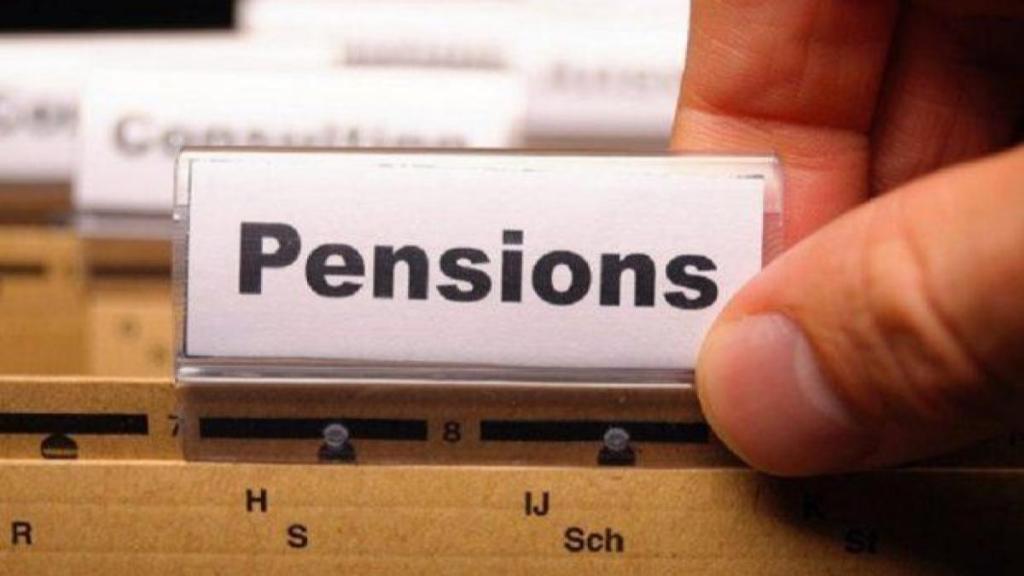Even as assured pension has been brought back under the Unified Pension Scheme (UPS) approved by the Cabinet last week, government employees looking for higher pension will have the option to get their pension monies invested in high-risk instruments for better returns, sources said. However, they will have to forego the UPS guarantees, such as monthly pension payouts of 50% of final service year’s monthly pay, with full inflation adjustment.
Of course, such risk-prone subscribers can potentially get less than “50% pension” if their investment returns turn out to be low.
Guaranteed pension will only be for those who opt for the “default investment option,” prescribed, the sources clarified. Such subscribers, however, won’t get pension above 50%, even if the returns from investments turn out to be higher. So, one may opt for either the guarantee or the risk option in pursuit of higher rewards.
Under the old pension scheme (OPS), employees who joined before 2004 get 50% of last drawn pay or the average of last ten months’ pay as pension sans any contribution. In the case of OPS, the beneficiaries practically have the pension fixed, with inflation indexation. The default-option UPS subscribers will practically have a similar dispensation.
Under the UPS, the pension corpus will be divided into two: individual pension funds to which the employee’s and matching government contribution will be credited; and a separate pool corpus created out of additional government contribution (8.5% of basic and DA of all employees). The employee can exercise an investment choice for the individual pension corpus alone.
The high-risk option under UPS is being kept considering the traction for it among a section of government employees, especially youngsters, who might want to take a higher exposure in equity, a senior official told FE.
Under UPS, the employee contribution shall remain unchanged at 10% (of basic pay + DA). The government’s contribution will increase from the present 14% (under the market-linked national pension system) to 18.5%, which factors in the past deficit of contribution, said T V Somanathan, chairman of the committee that recommended the UPS.
Assured pension will be based on the ‘default mode’ of investment pattern notified by the Pension Fund Regulatory and Development Authority (PFRDA) and considering full annuitization of individual pension corpus, according to a Department of expenditure note. Under the default option, up to 15% of corpus can be invested in equity and the balance 85% in government and corporate bonds.
The government employees can also exercise a choice to invest up to 50% in equity under a life cycle fund notified by PFRDA.
“If investment has done very well, the subscriver may get more than 50% of pay as pension. If not, then she may get less than 50% also,” the official said.
Under UPS, the employee can withdraw up to 60% of the individual pension corpus with proportionate reduction in assured pension, the department of expenditure said.
Besides funding gap in guaranteed pension under default option, the government managed pool fund would be used to pay inflation-adjusted dearness relief, etc, as promised.
The broad contours of UPS include employees who have adequate service will get an assured pension of at least 50% of the last 12 months’ average salary as pension. Minimum pension of Rs 10,000 per month will be given to those with at least 10 years’ service. Family pension to spouse will be given at 60% of the pension. Dearness relief will be given on the assured pension, minimum pension and family pension. In addition, a lumpsum will be provided at the time of retirement.
Under the old pension scheme (OPS), pre-2004 government staff get 50% of last pay or the average of last ten months basic pay as pension without making any contribution and was discontinued due to huge fiscal burden.
The 18.5% prospective contribution already includes the cost for existing staff who are within the NPS. “The amount required for the earlier years for the staff already in the scheme is factored into this 18.5% calculation. The fiscal impact in the first year will be around Rs 6,250 crore plus Rs 800 crore arrears for those who have already retired in the past and who are not included in the 18.5% calculation. There will be no other cost or one-time impact,” Somanathan said.
The scheme can also be adopted by state governments. This is expected to benefit over 90 lakh employees (23 lakh Central Government employees, 3 lakh employees of Central Autonomous Bodies and another 56 lakh employees of State Governments and 10 lakh employees of State Autonomous Bodies, if adopted by the State Governments).

